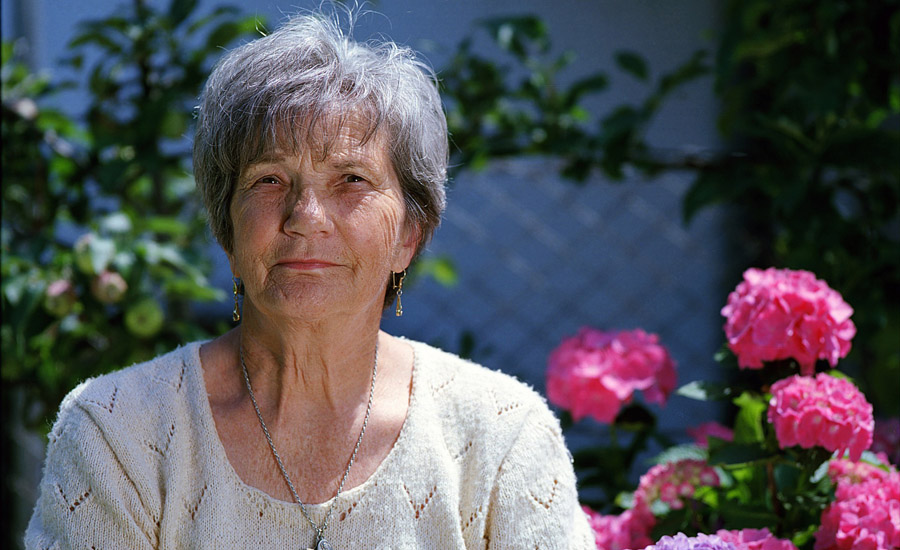If you can't stand on one foot for a minute, you have company. Here's why you should care.
If you are over 50, stop what you are doing right now and take a little test: See if you can stand on one foot for a full minute.
If you can’t, you have a lot of company. While the average 30- or 40-something came close to the minute mark in a recent study, people in their 50s made it just 45 seconds. For people in their 60s, it was 40 seconds; for those in their 70s, it was 27 seconds, and for folks over 80, it was 12 seconds.
Loss of balance, it turns out, is not just a problem for the oldest old. Instead — like strength, agility and muscle mass —balance tends to start declining in midlife.
The findings, published inJournals of Gerontology: Medical Sciences,suggest those changes pick up significant speed earlier in life than many might suspect, says Miriam Morey, a researcher at Duke University School of Medicine. She was senior author of the study, which tested 775 North Carolina adults ages 30 to 90-plus on physical performance measures including balance, gait speed, aerobic endurance and the ability to repeatedly stand and sit.
While all the scores fell from the youngest to oldest age groups, scores on the balance and sit-and-stand tests were the first to fall, starting in the 50s, say Morey and co-author Katherine Hall, an assistant professor of medicine at Duke.
About one-third of adults over 65 fall each year, according the Centers for Disease Control and Prevention. While there’s less fall data on younger adults, studies suggest that at least one in 10 falls each year. Most are not seriously injured, but broken bones and head injuries from falls land about 700,000 people in hospitals each year, the CDC says.
Balance is not just a matter of how well the vestibular system of the inner ear is working. Declines in strength, flexibility, vision, touch and mental functioning can all contribute to balance problems, says Peter Wayne, an assistant professor of medicine at Harvard Medical School. Wayne is a teacher and researcher of tai chi, a form of exercise often prescribed for balance problems.
“Balance is a very complicated process,” he says. But improving it can be simple, the experts say.Here are a few tips:
•Practice standing on one foot, challenging yourself to increase the duration. You can do it on line at the grocery store or while brushing your teeth. If that’s too difficult at first, start by using a chair back or bathroom counter for support. If it’s easy, try raising your foot higher or holding it out to the side. For extra challenge, try standing on a throw pillow or closing your eyes.
•Try heel-to-toe walking, as if on a balance beam.
•Practice getting in and out of a chair without using your hands.
•Exercise while standing on a wobble board or Bosu ball (an inflated rubber disc on a stable platform).
•Try tai chi or yoga. The evidence that tai chi can improve balance is especially strong, and studies show it is quite safe for people of all ages and fitness levels. In a typical class, a series of movements is performed in a slow, graceful flow, accompanied by meditative deep breathing.
A note: If you have already fallen, are noticeably unsteady or have a medical condition affecting your balance, you should get advice from your health care providers. They might refer you to a physical therapist or to an appropriate balance-training class in your community. It’s also important to know that many medicines and medical conditions — from Parkinson’s disease to diabetes to inner-ear disorders — can affect balance. If you become suddenly unsteady or dizzy, you should seek medical advice.
Source: USA Today https://www.usatoday.com/story/life/2016/08/01/balance-aging-falls/87911302/





